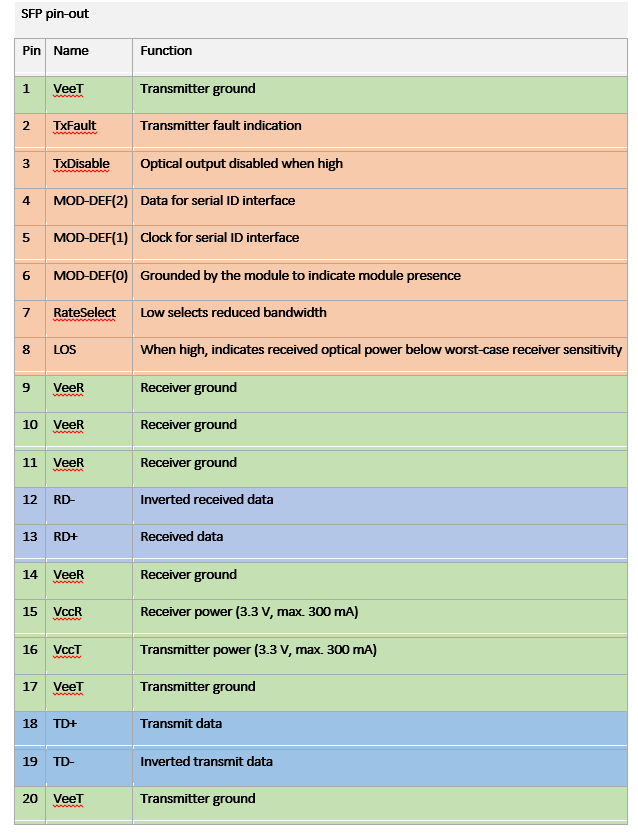Hi
We want to develop a fiber-to-copper media converter product by means of DP83849IF chip.
in the evaluation board of the chip (part number: tidu510a) there is a HFBR-5803 transceiver which receives the SC type fiber and convert it to electrical signal.
However we want to have a SFP connector on our board so we can receive different types of fiber inputs (GPON, etc.) my question is that is it safe to replace the HFBR-5803 with a SFP interface? is it compatible with the chip itself? is there any other precautions that we should consider?
thanks in advance


